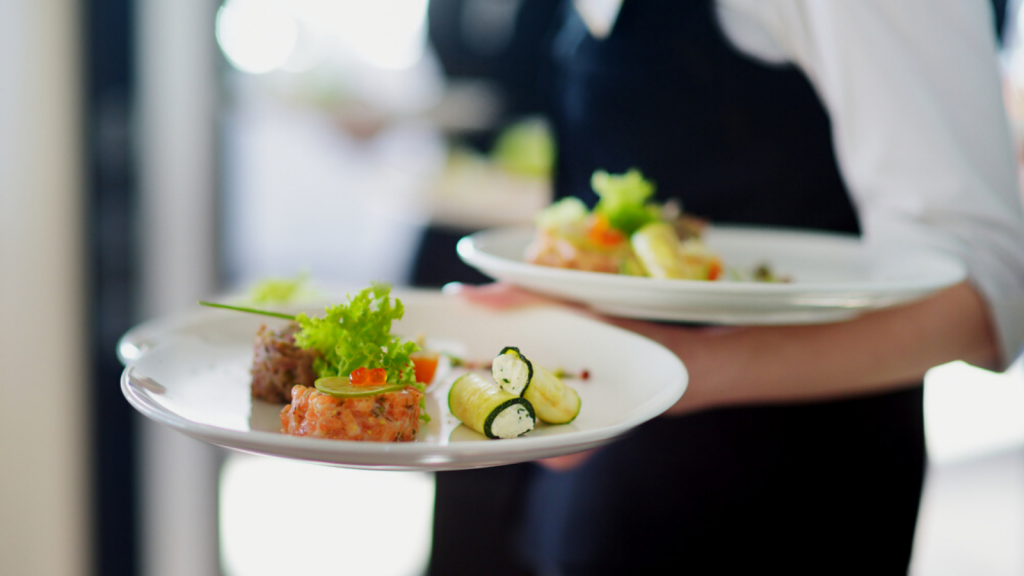The fusion of cutting-edge technology and culinary expertise has given rise to a revolution known as Tech-Driven Gastronomy, reshaping how we perceive, prepare, and savor food. One of the primary innovations in this domain is the integration of artificial intelligence AI and machine learning into kitchen operations. Smart kitchen systems, equipped with AI algorithms, can optimize recipe creation, automate cooking processes, and even predict consumer preferences based on historical data. This not only enhances efficiency but also allows chefs to focus on creativity and innovation rather than routine tasks. The seamless integration of Internet of Things IoT devices has further elevated the dining experience. Smart appliances communicate with each other in real-time, ensuring precise coordination in the cooking process. From smart ovens that adjust temperature and cooking time based on the weight and type of ingredients to connected refrigerators that provide real-time inventory updates, these IoT-enabled devices streamline kitchen workflows.

Additionally, the use of sensors in food storage helps maintain optimal conditions, reducing waste and ensuring the freshness of ingredients, ultimately contributing to sustainable practices in the culinary world. Virtual and augmented reality VR/AR technologies have transcended the boundaries of traditional dining experiences. Tech-Driven Gastronomy has witnessed the emergence of virtual dining environments, where patrons can immerse themselves in a visually stunning setting while enjoying a meal. AR applications in restaurants enhance the menu experience, allowing diners to visualize dishes before ordering. This not only adds an interactive element to the dining experience but also assists customers in making informed choices. The advent of blockchain technology has brought transparency and traceability to the food supply chain, addressing concerns related to food safety and authenticity. Blockchain ensures that each step in the production and distribution process is recorded and verifiable, creating a secure and reliable system for tracking the origin of ingredients.
This not only fosters trust between consumers and food establishments but also empowers individuals to make ethical and sustainable choices. Moreover, the rise of robotic automation in kitchens has redefined the roles of chefs and kitchen staff. Robots equipped with advanced AI capabilities can handle repetitive and labor-intensive tasks, allowing human culinary professionals to focus on creativity, menu development, and customer interactions. This not only improves efficiency but also introduces a new dimension to the culinary arts and visit site. In conclusion, Tech-Driven Gastronomy represents a fascinating confluence of culinary artistry and technological prowess. From AI-driven kitchen optimization to immersive dining experiences facilitated by VR/AR, the latest innovations in food service solutions are redefining the gastronomic landscape. As technology continues to evolve, the culinary world stands poised for further transformation, promising exciting possibilities for both chefs and diners alike.
